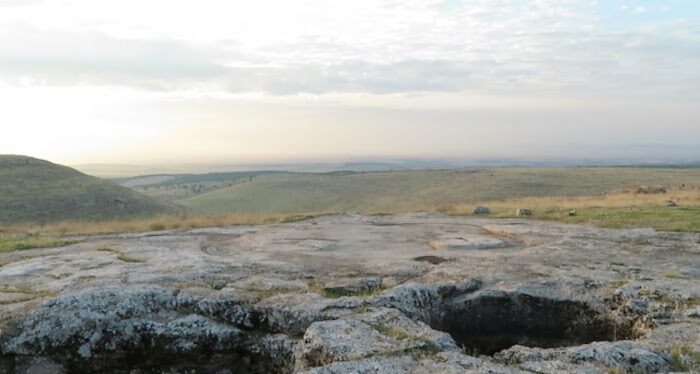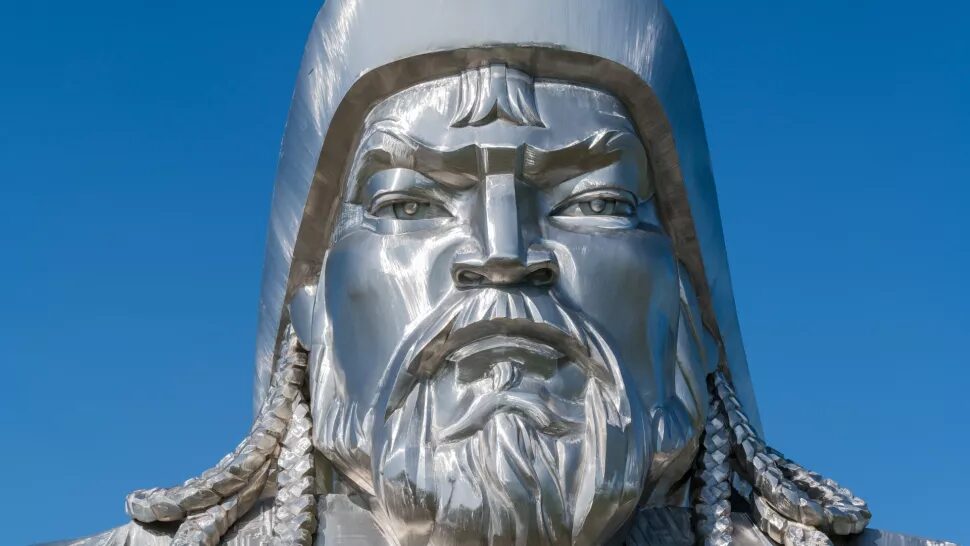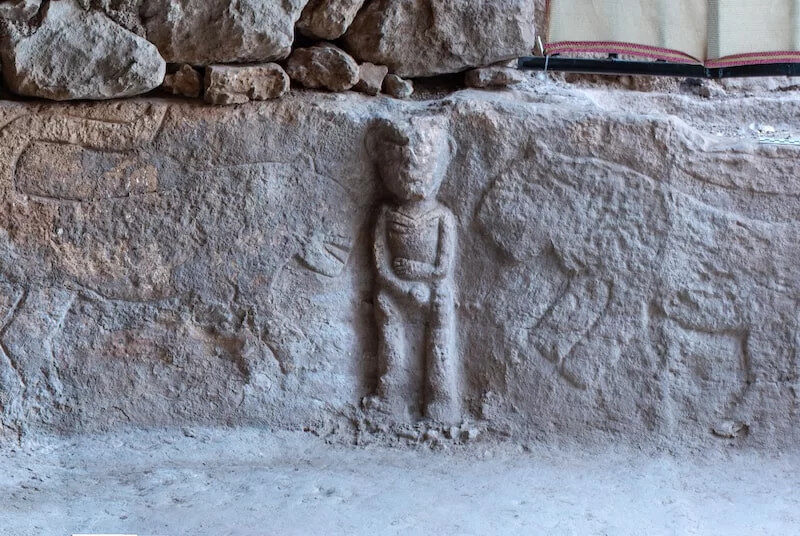
© PreHistory DecodedEnclosure E, minus pillars, currently undated.
The oldest radiocarbon date yet reported from Gobekli Tepe corresponds to the mortar of the wall of Enclosure D, at around 9600 BCE, to within a few hundred years.
That corresponds to the end of the Younger Dryas mini ice age. That correlation might not be a coincidence.
However, Enclosure D is so grand, so well designed and so perfect, that it cannot be the first enclosure of its type built by these people. Almost certainly, there must have been several prior stages of development, precursor or trial stages, that preceded it. Indeed, Enclosures D and C are so impressive that they led Prof. Dendrinos [1], an architect, to propose that Gobekli Tepe had been mis-dated, and that, instead, it was a 6th millennium BCE construction. That's how impressive and anomalous GT is.
But radiocarbon dates don't lie (although they can be misunderstood). And the archaeological evidence, in the form of stone tools and other cultural artefacts, clearly point to an early pre-pottery origin, in accordance with the radiocarbon dates. So we can be confident in accepting the radiocarbon dates.
But, clearly, given its anomalous appearance, sufficient to deceive experienced architects, only something extraordinarily dramatic can explain such a grand construction. This is another reason why a Younger Dryas impact origin is a good theory - it helps to explain GT's anomalous construction, in the way that a fairly ordinary 'skull cult', which the site's archaeologists propose [2], cannot.














